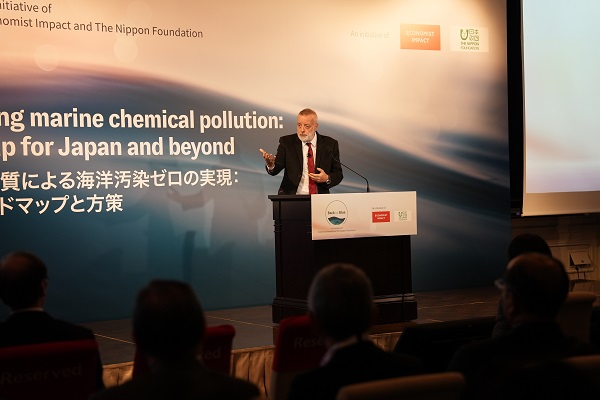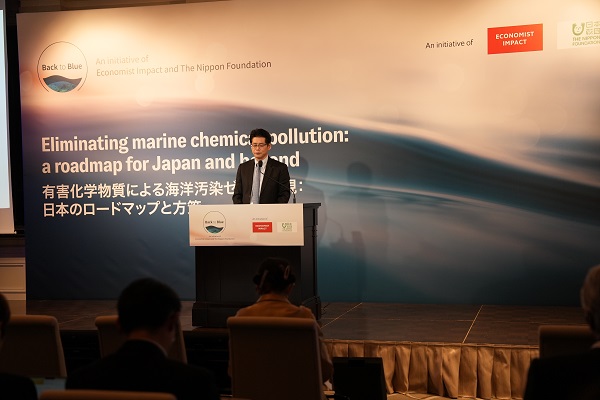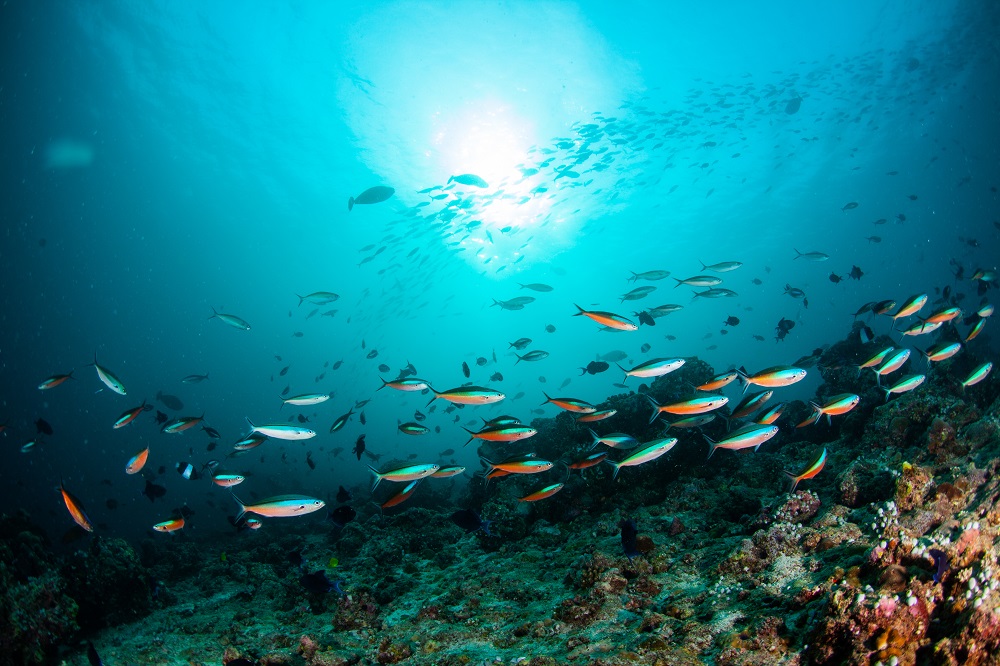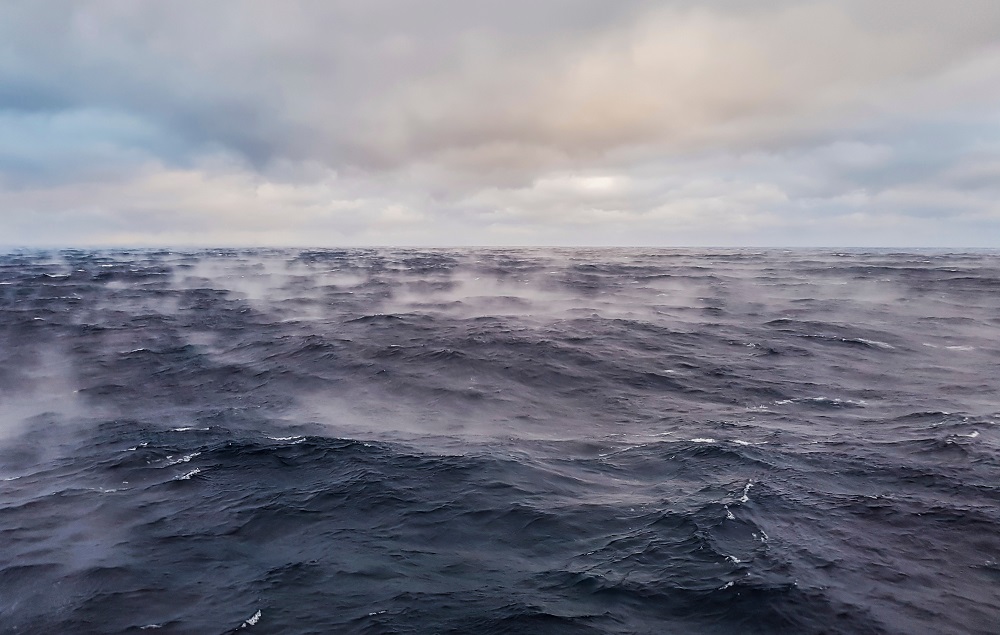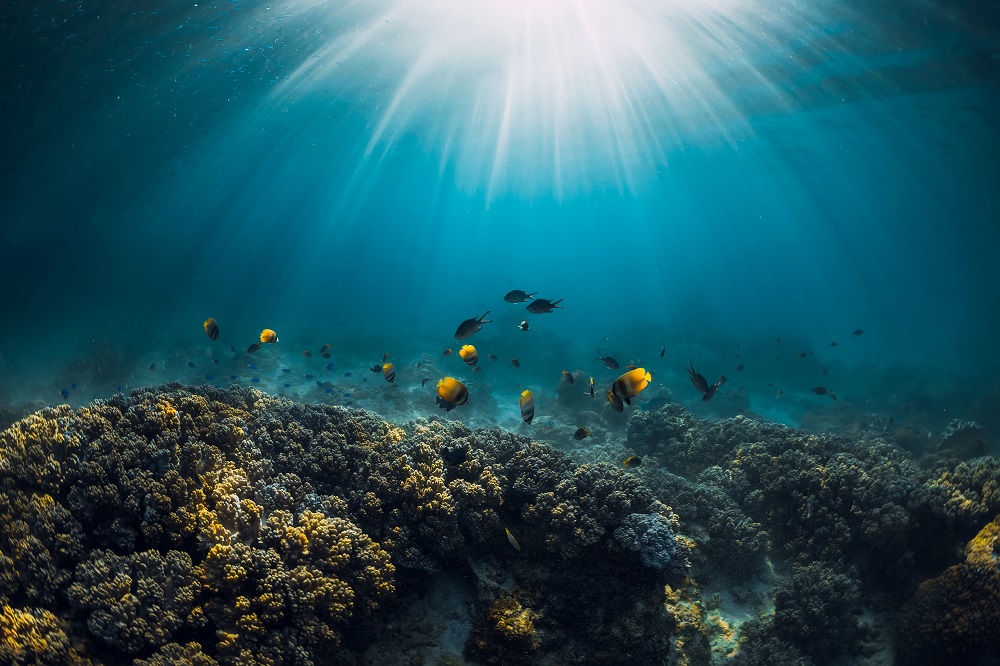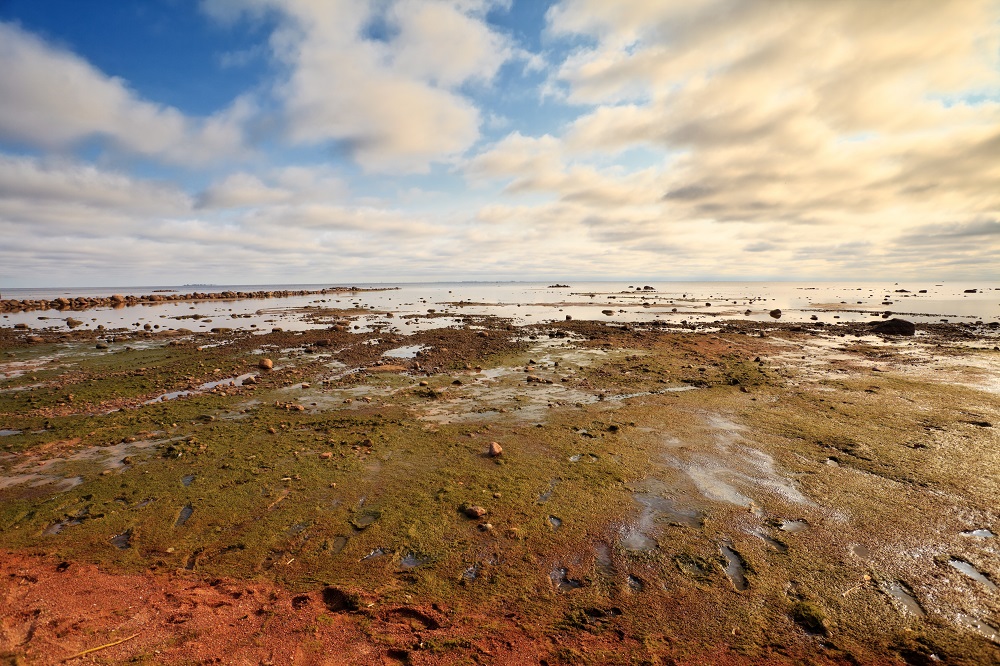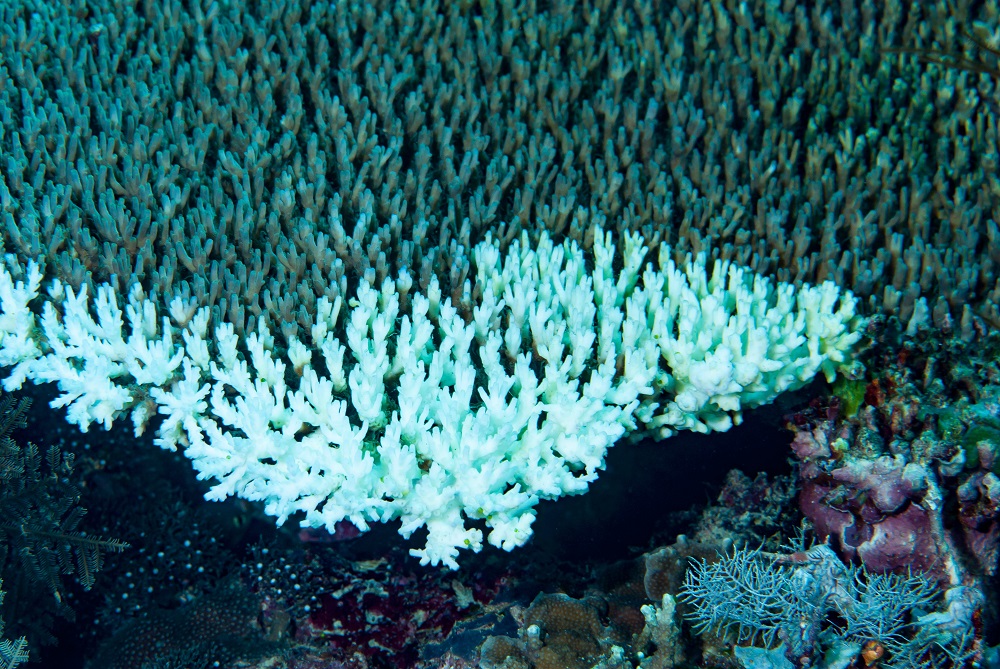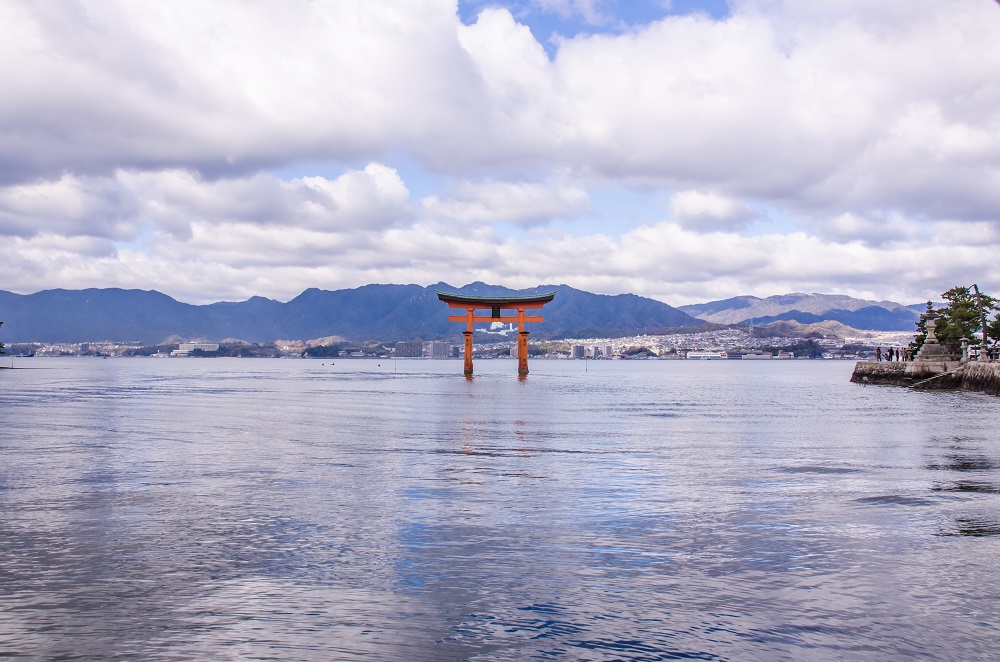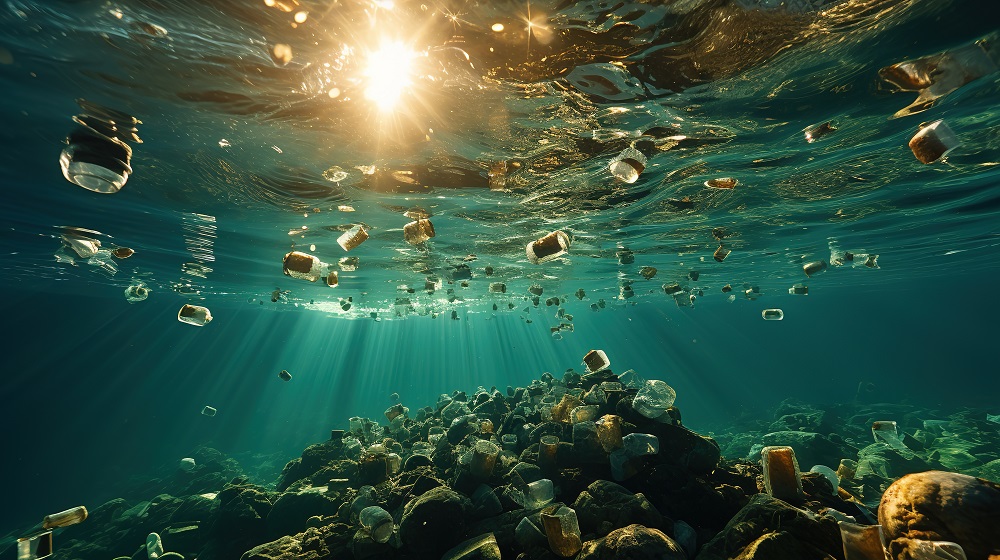On February 6th 2024 experts and stakeholders met in Tokyo at an event hosted by Back to Blue, an initiative from Economist Impact and The Nippon Foundation to discuss marine chemical pollution. In the context of the UN’s Decade of Ocean Science for Sustainable Development, they aimed to gather evidence, raise awareness and explore policy recommendations to improve the quality of ocean science and data regarding chemical pollution.
Rising chemical pollution levels are affecting even the most remote human populations. More toxic dead zones are appearing in our oceans. We are far from understanding the complex impacts that chemical pollution can have on human health, and we are already suffering the economic costs of environmental degradation. This is a problem that can only be solved with global co-operation. “We’re all connected via the ocean, so this is a global issue and needs to be handled both on a local and a global level,” said Frida Hok, who is the deputy director of the International Chemical Secretariat.
Back to Blue, is working to achieve this ambition with three goals. The first is informing people and building a base of research and evidence that will inform conversations with stakeholders and decision-makers. The second is engaging the global community, including civil society, scientists, economists and industry. The third is to catalyse change and progress ultimately. These efforts aim to combat ignorance of the world’s connections to the ocean and foster a new appreciation for the importance of the ocean and its vulnerability to the impacts wrought by climate change. “I am confident that this event will be an opportunity for all of us to renew our understanding of the state of marine chemical pollution in Japan and the world,” said Mitsuyuki Unno, executive director of the Nippon Foundation. “I hope the discussions and connections made here today can be disseminated globally to inspire more action on chemical pollution in Japan and around the world.”
Although chemicals are present across all sectors of the economy, their invisible nature means that the issue of chemical pollution often fails to galvanise public attention. Just think of people’s reactions online to the visible scourge of plastic waste. Indeed, the ubiquitousness of man-made chemicals is what makes them a crucial consideration for environmental policy. “Chemicals are a fundamental part of modern life,” said Charles Goddard, the editorial director of Back to Blue. “In many ways, we cannot exist without chemicals, but it’s equally important to understand that many of those chemicals are poisoning us.”
Chemicals produced inland from agriculture and industry leach into rivers, watersheds and estuaries, ultimately ending up in the ocean through the natural processes that link the world’s water cycle. “The ocean is this large sink for all the chemicals that we’ve produced on land, which cumulatively becomes quite concerning,” said Elsie Sunderland, professor of environmental chemistry at Harvard University.
The ocean plays a vital part in absorbing CO2, regulating rainfall and sustaining biodiversity. Chemical pollution alters nutrient levels, damages biodiversity and poisons food chains, impacting all the ocean’s crucial functions. “If you disturb the oceans too much, you disturb the regulating services that the ocean provides, and that is priceless in terms of the economic damage it would do,” said Richard Damania, chief economist of the Sustainable Development Practice Group at the World Bank.
Chemical pollution operates on two scales, Professor Sunderland explained in her keynote interview. There are heavily contaminated ecosystems where we see acute poisoning incidents, often near pollution sources. One example is the phenomenon of algal blooms, in which extreme levels of nutrients emerge and kill entire fish populations by depleting oxygen levels.
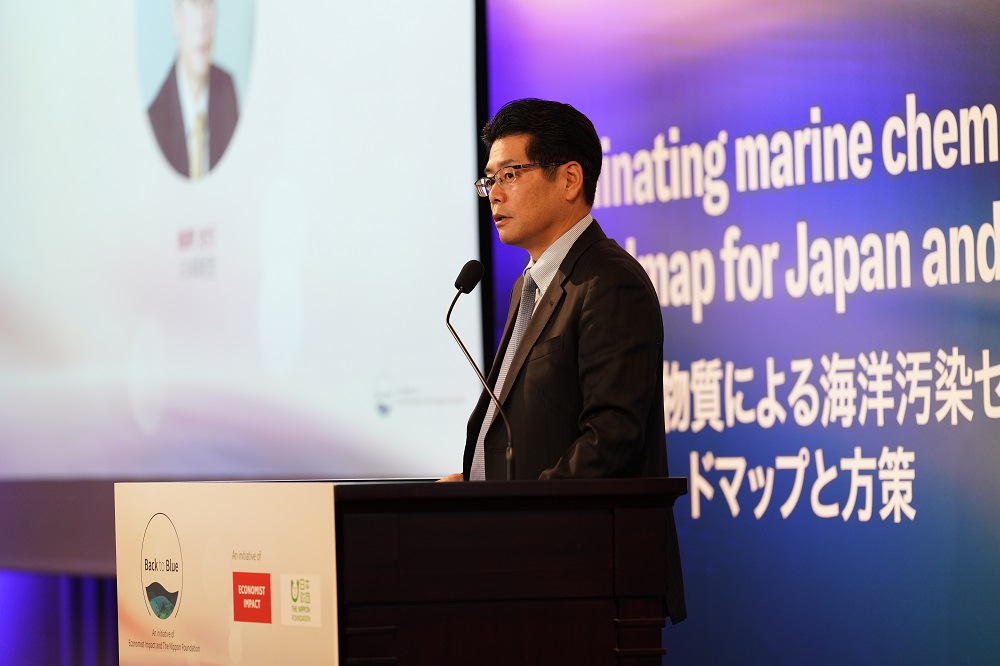
These are traditionally considered the most dangerous and gain the most media prominence. However, another often overlooked scale is low-level exposure to novel and potentially toxic substances, which accumulate in wildlife and in human bloodstreams. Even small amounts of some of these persistent chemicals are implicated in various chronic health disorders. The often-undetected buildup of these contaminants in our bodies and environment, with potentially dangerous consequences, is an insidious form of pollution. “We don’t know how big the problem is, and we don’t know the full range of chemicals,” said Mr Damania. “If you’re going to try to solve the problem, you have to know how big the problem is.”
Essential first steps include ramping up monitoring and scientific research to identify key harmful chemicals and then switching to less toxic alternatives where possible. Consistent global monitoring programmes are needed to track different classes of chemicals. However, these currently lack sufficient support. The panellists emphasised the importance of deploying the precautionary principle to ramp up the scientific response to chemical pollution. Climate change is a huge source of uncertainty, making the potential impacts of pollution even more unclear as higher ocean temperatures may cause unprecedented chemical reactions. “There is still scientific uncertainty about the impact of chemicals, and we need to manage that risk amid the uncertainty,” said Yukari Takamura, professor at the University of Tokyo’s Institute for Future Initiatives. “That is one of the pillars of environmental policy.”
Amid this uncertainty, chemical pollution must be addressed with a risk management framework. “A good start is to focus on the most harmful chemicals, those that we know cause cancer, and get them out of our products,” said Ms Hok. In the short term, swapping out the most harmful chemicals for safer options would be hugely beneficial. But over the long term, the broader challenge is to rethink how we design, manufacture and regulate chemicals used in large volumes. Scientists, engineers and educators must collaborate to foster innovation in materials and processes that avoid persistent, bioaccumulative and toxic chemicals from the start.
Perhaps most importantly, the interconnected nature of our oceans calls for co-ordinated global efforts to address the issue of chemical pollution. “The ocean is very complex, in terms of ecosystem but also in terms of jurisdiction,” said Professor Takamura. Any comprehensive approach will require increased international co-operation through globally aligned goals, data sharing and governance structures. Multilateral partnerships between governments, industries, NGOs and scientists can drive the development of safer alternatives and best practices. Binding international agreements are key to phasing out the most hazardous chemicals and driving innovations. Most importantly, the collective knowledge, resources and political will of the international community must converge to craft enduring solutions to protect the seas that connect us all. “We need to think about chemical contamination in a global context,” said Noriyuki Suzuki, a fellow at the Planning Division and Environmental Risk Division of the Japan National Institute for Environment.
He also added that “our current systems often focus on local issues, but as scientists we need to establish frameworks to manage chemicals from a global perspective.” Panelists acknowledged the difficulties of international co-operation, including the slow pace of diplomacy and the risk of insufficiently ambitious international agreements.
Additionally, while developed countries such as Japan and the EU have some of the strictest chemical regulations, a lot of chemical production has moved to developing countries, where there is often poorer oversight and less transparency. Shifting production and pollution from richer to poorer countries impacts vulnerable communities the most, and many countries lack the capacity to manage emissions. However, the participants expressed hope that a coalition of the willing may emerge. “We’re standing at the precipice of a new change in the way we look at pollution in the ocean, but it requires all of us,” said Mr Goddard. “We can’t do it alone.”
EXPLORE MORE CONTENT ABOUT THE OCEAN
Back to Blue is an initiative of Economist Impact and The Nippon Foundation
Back to Blue explores evidence-based approaches and solutions to the pressing issues faced by the ocean, to restoring ocean health and promoting sustainability. Sign up to our monthly Back to Blue newsletter to keep updated with the latest news, research and events from Back to Blue and Economist Impact.
The Economist Group is a global organisation and operates a strict privacy policy around the world.
Please see our privacy policy here.
THANK YOU
Thank you for your interest in Back to Blue, please feel free to explore our content.
CONTACT THE BACK TO BLUE TEAM
If you would like to co-design the Back to Blue roadmap or have feedback on content, events, editorial or media-related feedback, please fill out the form below. Thank you.
The Economist Group is a global organisation and operates a strict privacy policy around the world.
Please see our privacy policy here.


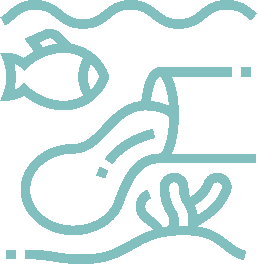

 World Ocean Summit & Expo
2025
World Ocean Summit & Expo
2025 UNOC
UNOC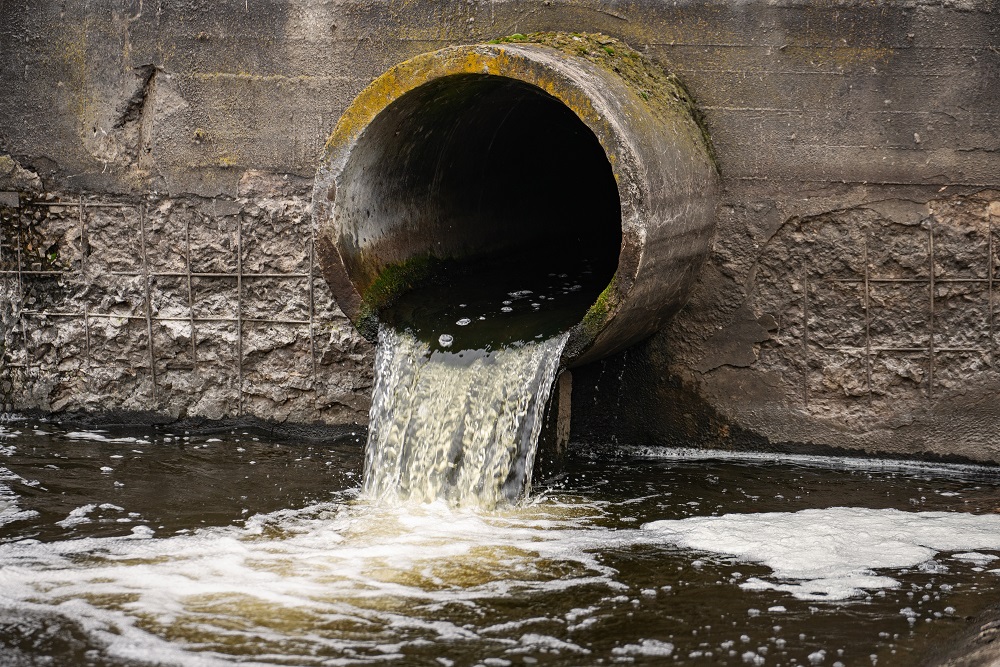 Sewage and wastewater pollution 101
Sewage and wastewater pollution 101 Slowing
the chemical tide: safeguarding human and ocean health amid
chemical pollution
Slowing
the chemical tide: safeguarding human and ocean health amid
chemical pollution Hazardous chemicals in plastics - the discussions at INC
Hazardous chemicals in plastics - the discussions at INC






